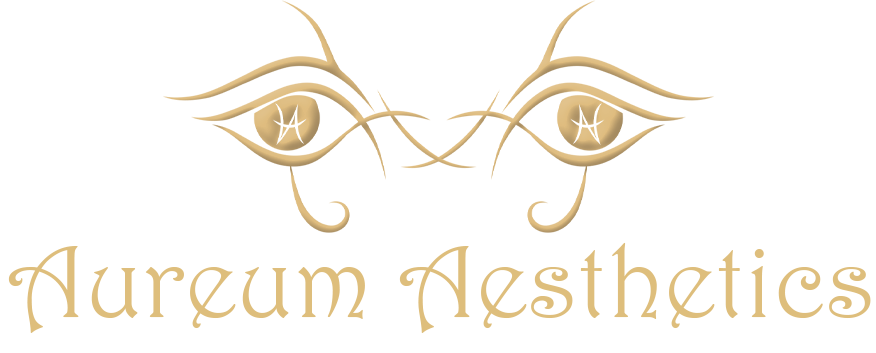Brachioplasty
Brachioplasty (or Arm lift) involves removal of excess fat and skin of the arms to reshape and sculp the arms. Aging and dramatic weight loss are common reasons for patients to develop excess skin or laxity on the upper arms. Unfortunately, these changes tend to worsen with weight loss and do not response much to exercise. In these situations, brachioplasty can help reshape and sculp the arms.
With the advance of skin tightening technologies, many patients can attain significant improvement of their arms’ contour, to a more toned and youthful appearance, without significant scarring. These modalities can also be combined with liposuction or open surgery to improve the overall results. However, when the less invasive approaches is not indicated (in severe cases) or just not enough, brachioplasty (traditional, limited, and extended) consistently delivers.
There are different types of brachioplasty to address different contour problems.
Upper Arm Lift is the most common type of arm lift performed. The incision is from the armpit to the elbow and placed strategically to not be visible from the front. Most often liposuction is first performed followed by removal of the excess skin.
Mini Arm Lift, also known as limited arm lift, is best suited for patients who have mild excess fat and skin of the arms. It is often performed with liposuction followed by removal of excess skin. The scar is strategically placed around the arm pits.
Extended Brachioplasty, or L arm lift, is a comprehensive procedure that addresses excess tissue from the upper arms, armpit area and lateral chest wall. This is the most powerful procedure and often reserved for massive weight loss patients who have significant amount of excess skin.
Who is a Good Candidate for Brachioplasty (Arm Lift)?
The best candidates are healthy people with realistic expectations of surgery. Smoking however is a contraindication for this cosmetic procedure as historically smokers have significantly more complications, specifically wound break down. Non-smokers or former smokers who are in good health and stable weight will have the best outcomes.
How is Brachioplasty Surgery Performed?
Brachioplasty is generally performed under general anesthesia in an operating room. Depending on the amount of excess fat and skin and patients’ goals, different type of arm lift can be performed. Liposuction is often part of the procedure. Regardless of the arm lift type, the results are often dramatic. In addition to removal of excess skin, various types of skin tightening can also be used to maximize toning of the arms after surgery.
What is the Recovery?
Patients are typically able to go home after the procedure. Downtime from a brachioplasty is about two to three weeks. Most patients can return to work (with lifting restriction) after one week. Bruising and swelling will be greatest in the first week but should resolve in two weeks. Activities, including exercise, should be limited for six weeks after surgery. Although this is not a very painful procedure, during the first month after surgery, patients often report tightness around the operated area. Compression garments should be worn 24/7 for the first month which not only reduce swelling but may contribute to a less visible scar.


